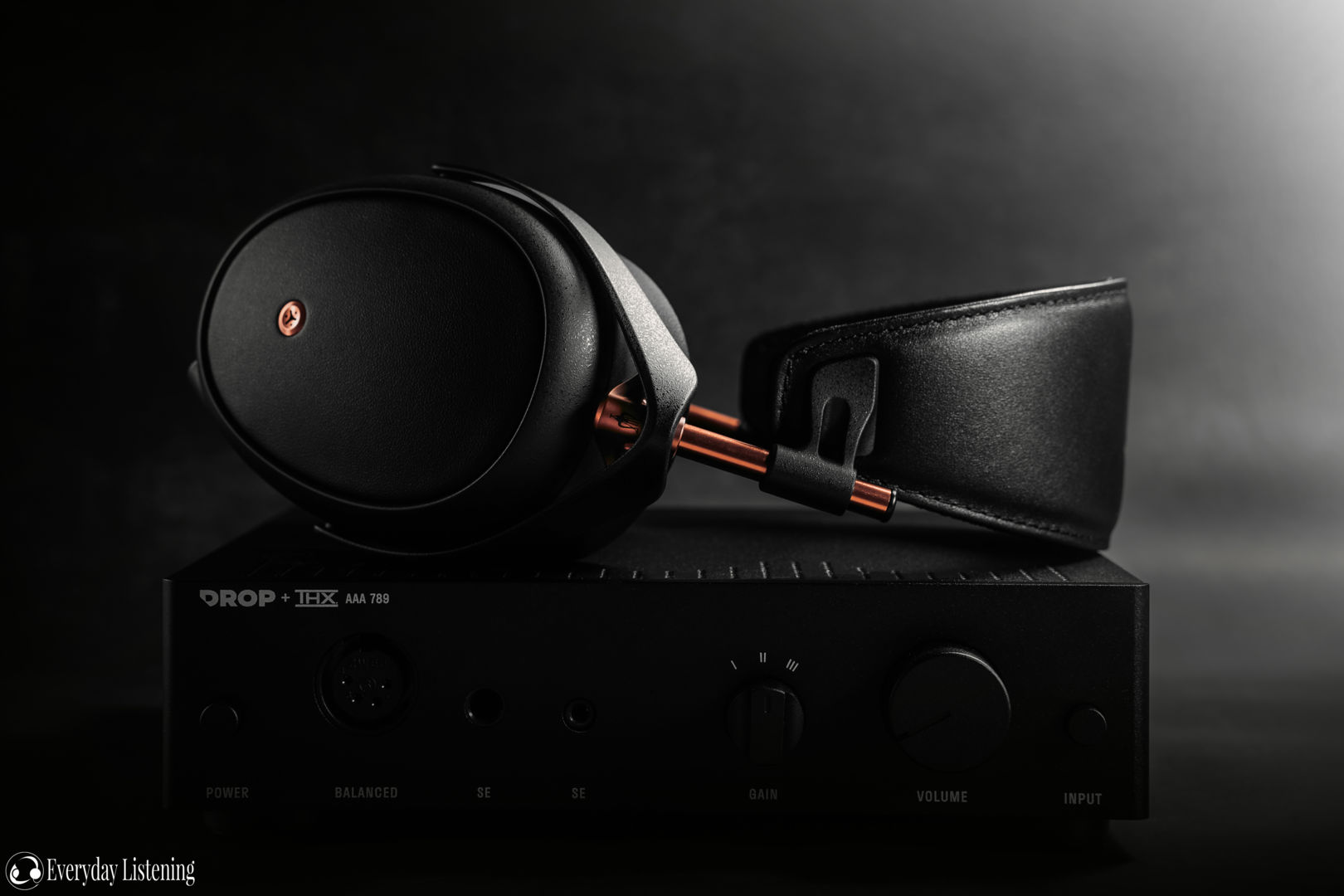I’d like to thank Ken and Chris from Campfire Audio for being so generous with their time and feedback, and asking for nothing but a fair review in return. I truly appreciate your continued support.
Introduction
Campfire Audio’s recent announcement and launch of its new Chromatic Series of IEMs is an interesting departure for a company that’s built up quite a reputation for interesting departures. Say what you will about Ken Ball’s quirky Portland-based audio lab, you can’t deny they stick to their guns regardless of popular opinion or market status quo.
The Chromatic Series, a fun, colour-themed exploration of both familiar and new tunings and earpiece designs, is a great example of this philosophy. Comprising Supermoon (reviewed here) and three all-new models – Cascara, Ponderosa and Bonneville – the series is Campfire’s “next step in a continuing commitment to bring unparalleled sound experiences to an ever-widening audience”.
With rounded, brightly-coloured resin shells, the ‘look and feel’ of the new IEMs is certainly different from the traditional angular metal designs Campfire previously used for its mainstream universals, although the styling has been around for a while in Campfire’s custom IEMs – including Supermoon. They’re also very different from Campfire’s current flagship, Trifecta (reviewed here), which sports an altogether unique design (and price tier).
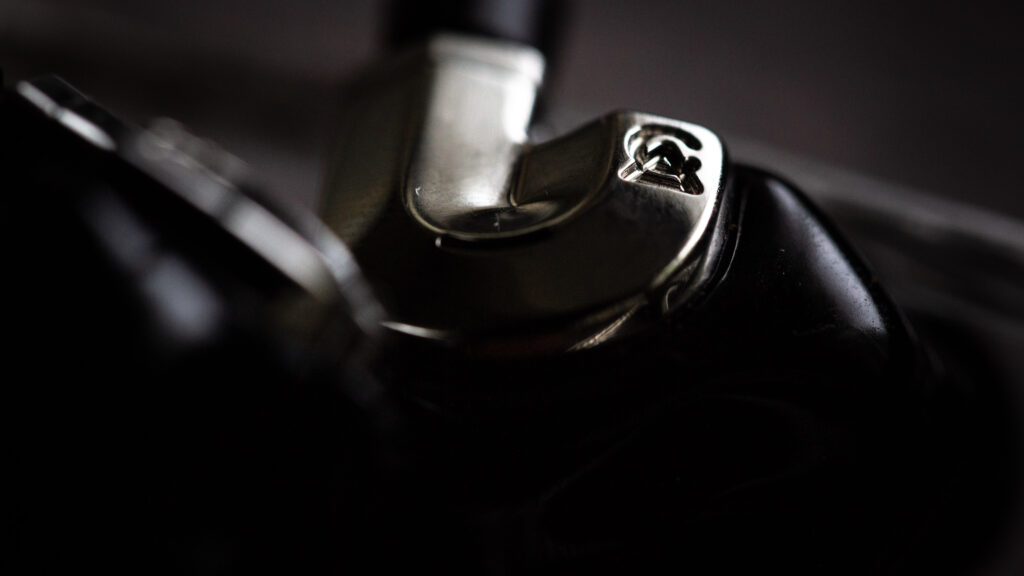
Retailing at $1,399 (or $1,599 with the Deluxe accessory pack), Bonneville is the ‘flagship’ of the Chromatic Series, a four-driver hybrid that’s intended to set the bar for sound quality in this price tier. Interestingly, Supermoon, which was previously priced the same as Bonneville, has been re-priced at $1,099 to occupy the upper-mid-tier segment, while Ponderosa and Cascara hold the low-mid tier and ‘entry level’ of the range at $799 and $499 respectively.
In this first look review, I’ll cover the unboxing experience, design, fit, and sound impressions from two weeks spent listening almost exclusively to this fascinating new IEM. In the coming weeks I hope to follow up with a more in-depth review where I’ll not only compare Bonneville to a selection of similarly high-end IEMs, but also compare and contrast this universal version with its custom counterpart.
Packaging and accessories
Given the bright colour theme, Bonneville ships in a gum purple box, reminiscent of the IEM’s primary colour. The box is adorned with ‘old school’ motifs and slogans, proclaiming Bonneville’s ‘Sensational Sound’ and ‘Strictly Epic Vibes’. It’s like a gift box you’d find at a 1930s Americana faire, giving the impression of a wonderous piece of ‘magic’ technology inside rather than a run-of-the-mill IEM. It’s all just marketing of course, but from a point of difference to the usual fare, I quite like it.
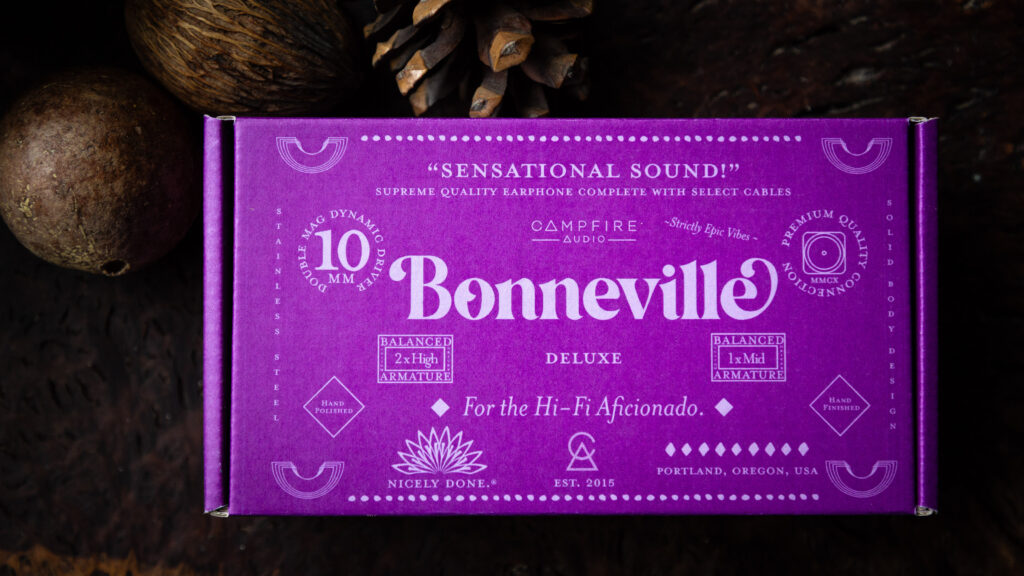
Inside the box you’ll find either a barebones mesh carry case, IEM pouch, cable, cleaning tool and tips – the so-called Essential Edition accessories – or, like I received, the Deluxe Edition, complete with a handmade Portuguese premium leather carry pouch, a cushioned cable bag (for two additional Time Stream cables), along with all the remaining accessories from the basic package.
A quick note here: when you first order a Chromatic Series IEM, you’ll get to choose between a colour or black shell, and also colour or black accessory pack. I chose black for both (boring purist that I am), but just be aware that you can also choose a black accessory pack with a colour IEM, and vice versa.
Whether or not you think $200 is a fair price to pay for the ‘premium’ accessories and two extra cables is not for me to say, but I like that you get that choice in the first place. I know many enthusiasts, myself included, who don’t use the included carry cases for their IEMs (although I do use Campfire’s excellent mesh pouches for all my IEMs), and only use one type of cable termination. Being able to offer these IEMs at a lower price point with the option of buying extra accessories is therefore a welcome move in my opinion.
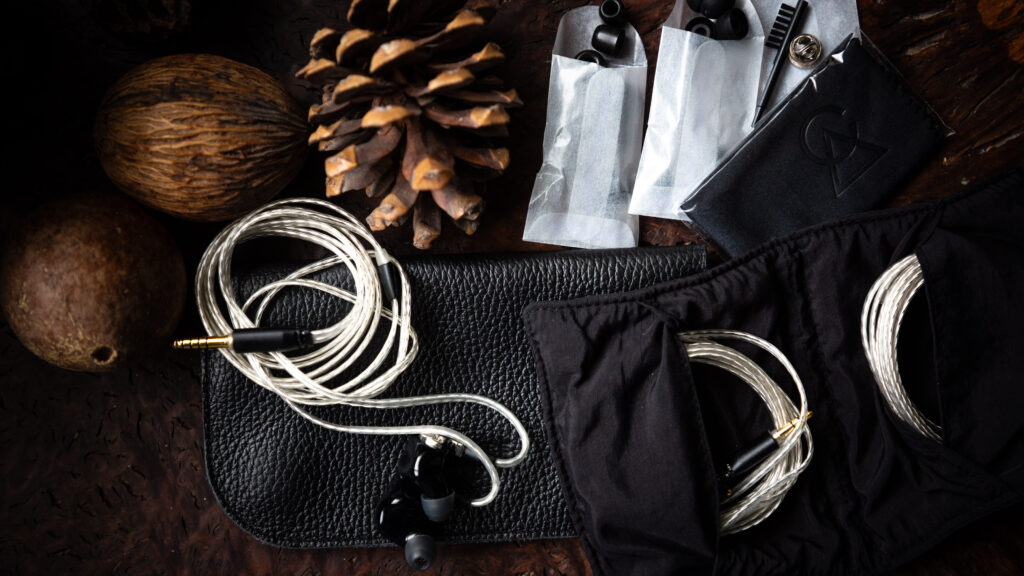
Design and fit
From a technical perspective, Bonneville is a four-driver hybrid, with a newly-designed dual magnet 10mm dynamic driver for bass, a custom balanced armature for midrange, and dual balanced armatures for treble. It features a sensitivity rating of 94 dB @ 1 kHz, with an impedance of 29 Ohms @ 1 kHz.
This suggests Bonneville is harder to drive and less sensitive than Campfire’s typically ultra-sensitive IEMs, but I can assure you it’s still among the easiest to drive IEMs I’ve used. Rarely do I need to go beyond 9 o’clock (or 40/100) in low gain to get an earful of volume with these.
If you’re familiar with Supermoon, you’ll be right at home with Bonneville’s smooth resin curves and stainless steel faceplate. This is a very high quality build, with no visible seams or edges, polished to a perfect gloss. The resin shell is capped with a thickish metal nozzle, which thankfully features a small lip to keep eartips in place.
Bonneville’s earpieces follow a very similar shape to Supermoon’s custom IEM curves, and that’s probably because Campfire used thousands of custom ear impressions to come up with an aggregate shape for its universal shells.
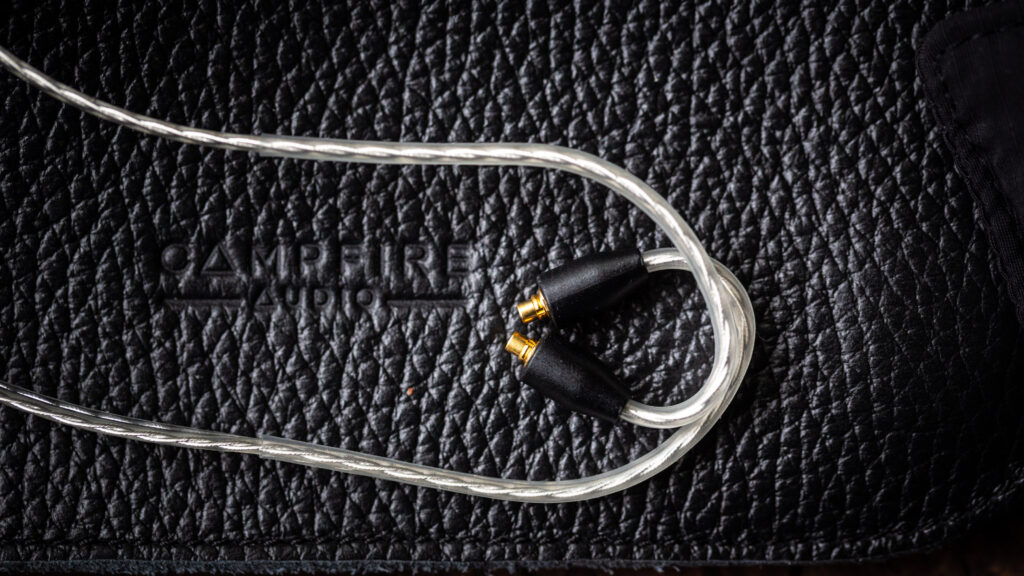
As someone for whom long, twisting nozzles strike absolute fear, I must say they look quite daunting at first glance. So it came as some surprise when I used the ‘twist and fit’ technique (that I use to insert customs) with Bonneville, and they simply slipped into place. The trick is to use tips small enough to get into your ear canals without issue, but not too small so that you can’t get the earpieces to sit flush. Find the right tip, and I believe comfort with these is a non-issue. In fact, I’d go as far as saying these are among the more comfortable IEMs I’ve worn.
Speaking of tips, I went through quite a few to find the right combination of good seal, good sound, and good comfort, and truth be told, I’m still experimenting. The best I’ve found so far is Acoustune’s AEX70, a bullet-shaped tip made of the softest, squishiest medical-grade silicone I’ve ever felt. Think Xelastec but with an actual shape. Acoustune tips do tend to dry out the midrange a touch (and you’ll soon see, that’s one of my quibbles), but I’m yet to determine if a tip swap can mitigate that.
As with all Campfire IEMs, Bonneville sports one of – if not the best – mmcx connectors on any IEM, and it’s an absolute pleasure to cable roll with these without any fear of damaging the connector or cable.
Overall, Bonneville is every bit as well made as Supermoon, which is in the top half of the IEM build quality table as far as I’m concerned. Fit is comfortable for long hours, and if you don’t mind a bit of driver flex (yes, there’s a tiny crinkle when you first insert the IEMs and get a seal), then as soon as they’re in you’re good to go. Just take note that they can get real loud real fast, so make sure you’re in low gain and on a low volume setting before hitting play for the first time.
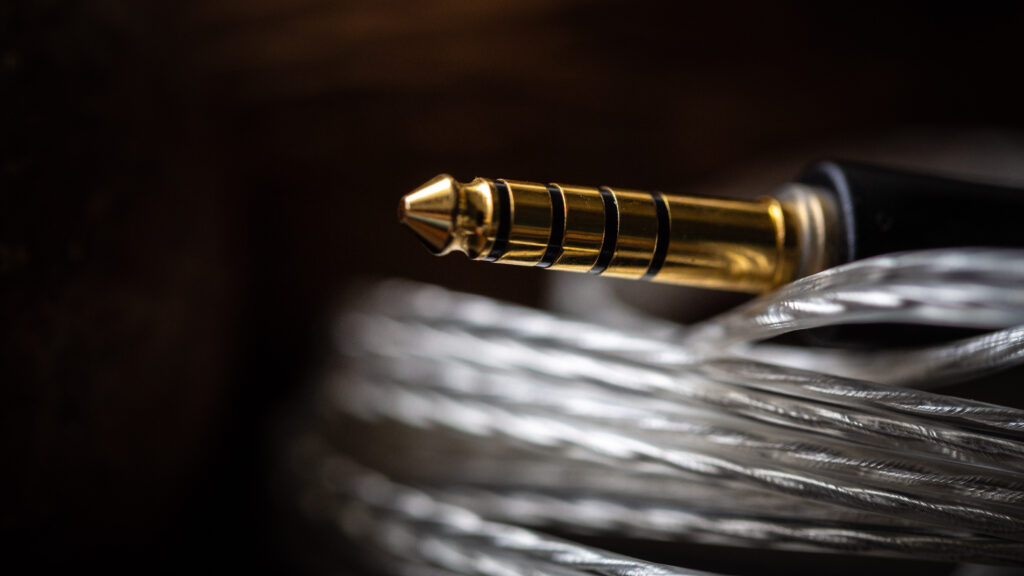
Continue to sound impressions…

